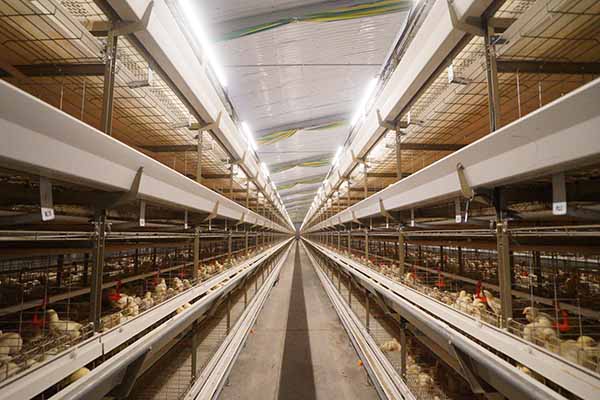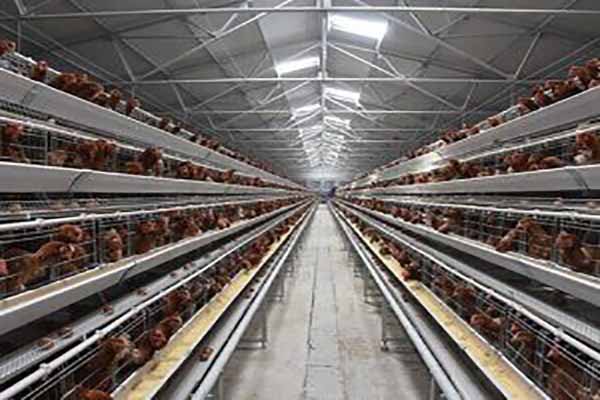Optimizing Poultry Farm Ventilation System: Best Practices
Effective ventilation is crucial for the health and productivity of poultry farms. Implementing the best practices in poultry farm ventilation systems can lead to improved bird welfare, reduced disease risks, and increased profitability. In this article, we will explore the key considerations and best practices for poultry farm ventilation systems.

Understanding the Importance of Ventilation
Proper ventilation is essential for maintaining optimal environmental conditions within poultry houses. It helps regulate temperature, humidity, and gas levels, which are critical for the well-being of the birds. According to a study by the University of Minnesota, an efficient ventilation system can reduce the risk of respiratory diseases by up to 50%.
Key Components of a Poultry Farm Ventilation System
- Intake and Exhaust Fans: These are the primary sources of air exchange in the poultry house. It is important to have the right balance between intake and exhaust fans to ensure a continuous flow of fresh air.
- Air Filters: Air filters help remove dust, particulates, and other contaminants from the incoming air, which can improve air quality and reduce the spread of diseases.
- Control Systems: Automated control systems can adjust the speed of fans and air flow based on temperature, humidity, and CO2 levels, ensuring optimal conditions for the birds.
Best Practices for Poultry Farm Ventilation Systems
- Regular Maintenance: Regularly inspect and clean intake and exhaust fans, air filters, and control systems to ensure they are functioning efficiently.
- Proper Siting: Position the fans and openings to maximize air flow and minimize dead zones. A well-designed ventilation system should have a consistent air flow pattern throughout the poultry house.
- Temperature Control: Maintain a consistent temperature within the poultry house. Extreme temperature fluctuations can stress the birds and impact their growth rates.
- Humidity Management: Control humidity levels to prevent condensation and reduce the risk of disease. The ideal humidity range for poultry houses is between 40% and 70%.
- CO2 Monitoring: Regularly monitor CO2 levels to ensure they remain within a safe range. High CO2 levels can lead to respiratory problems and reduced growth rates.
Case Study: Improving Ventilation at a Large-scale Poultry Farm
One of our clients, a large-scale poultry far m, implemented a comprehensive ventilation system upgrade. By following the best practices outlined above, they achieved the following results:
m, implemented a comprehensive ventilation system upgrade. By following the best practices outlined above, they achieved the following results:
- Reduced Disease Incidence: Disease incidence decreased by 30% within the first year.
- Improved Growth Rates: Growth rates improved by 5%.
- Energy Savings: Energy consumption for ventilation decreased by 20%.
These improvements led to a significant increase in profitability for the farm.
Conclusion
Implementing the best practices for poultry farm ventilation systems can have a profound impact on the health, productivity, and profitability of your farm. By focusing on regular ma intenance, proper siting, temperature control, humidity management, and CO2 monitoring, you can create an optimal environment for your poultry.
intenance, proper siting, temperature control, humidity management, and CO2 monitoring, you can create an optimal environment for your poultry.
For more information on how to optimize your poultry farm ventilation system, please leave a comment below or contact us for a free, no-obligation consultation. We offer personalized design solutions and equipment quotes to help you achieve the best possible results.



